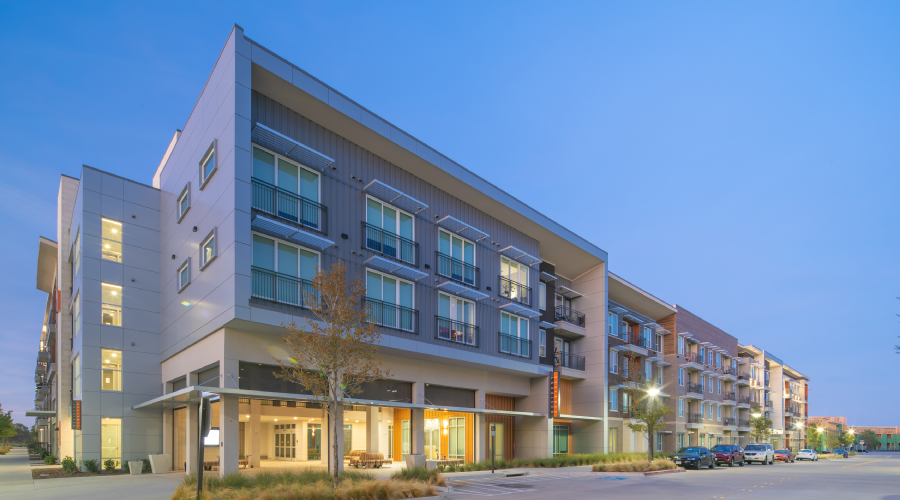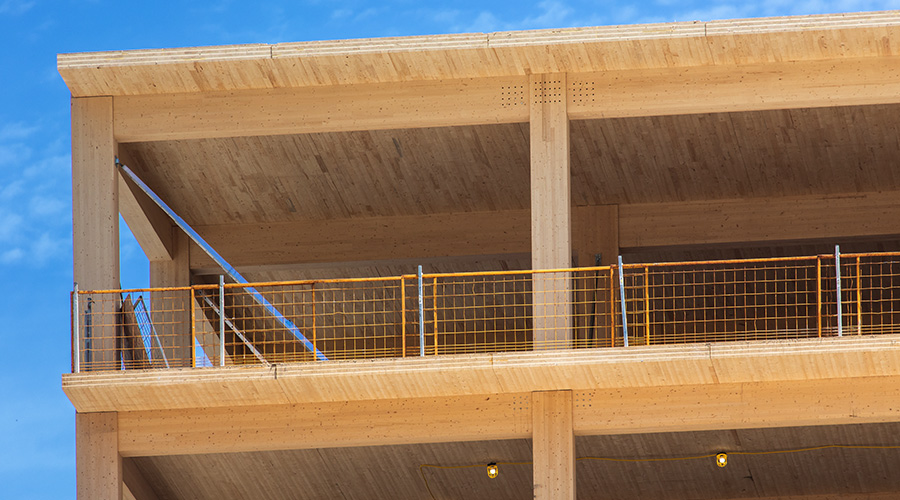Evaluate How Space Is Used During Design Process
To ensure that the collaborative space meets employee needs, it's important to make time during the design phase for a close look at the way people work in the existing space. Dean Strombom, a principal and architect with Gensler, advises an evidence-based, experiential-based approach to design. That means observing individuals and conducting interviews to help discover what accommodations employees need and what type of environment the employees work best in. The firm has found four work modes that individuals typically have in an office — focus, collaboration, socializing and learning — and has learned that people view their ability to focus as affecting the other three modes.
"So addressing the focus mode is paramount," Strombom says. "The issue for designers is to look at the big picture and what would be successful for the organization but also the individuals, and how do you mitigate the concerns we hear about noise and the ability to concentrate. One size doesn't fit everyone."
Successfully designing for collaboration involves balancing proximity, privacy and permission, Polytechnic Institute's Fayard says. Proximity refers to spaces that bring people closer together, which increases opportunities of encounters. Privacy relates to people feeling the need to control the boundaries of interaction and not be overheard during a conversation. Proximity and privacy are related in that as the number of walls and partitions are decreased to increase formal interactions, an individual's sense of privacy is lowered. The reverse is also true.
The third factor — permission — refers to what people feel is socially appropriate or permitted in a space or organization.
Corporate Culture
A workplace full of private offices and high partitions is a serious impediment to teamwork. But tearing down walls and lowering or removing partitions isn't enough to ensure collaboration. That's why permission is so important.
"You have places like Google or Apple that have a collaborative office space, but it doesn't work for everyone," Fayard says. "It depends on the people and culture. People see this kind of collaborative space and they think it's a great idea, and try to implement it. Yet, it is not enough to create the space. You have to support people's practices and behaviors in the space. It really depends on what you're trying to achieve and what is your organizational culture."
That's where permission comes in. In a company with a strongly individualist culture, supported by individual reward and evaluation system, employees may believe it is not appropriate to collaborate or even to have informal conversations, which have been shown to be key in providing the context for knowledge sharing, Fayard says. Without a sense of permission from the organization, employees they will not feel empowered to collaborate, regardless of what the workplace looks like.
Related Topics:















